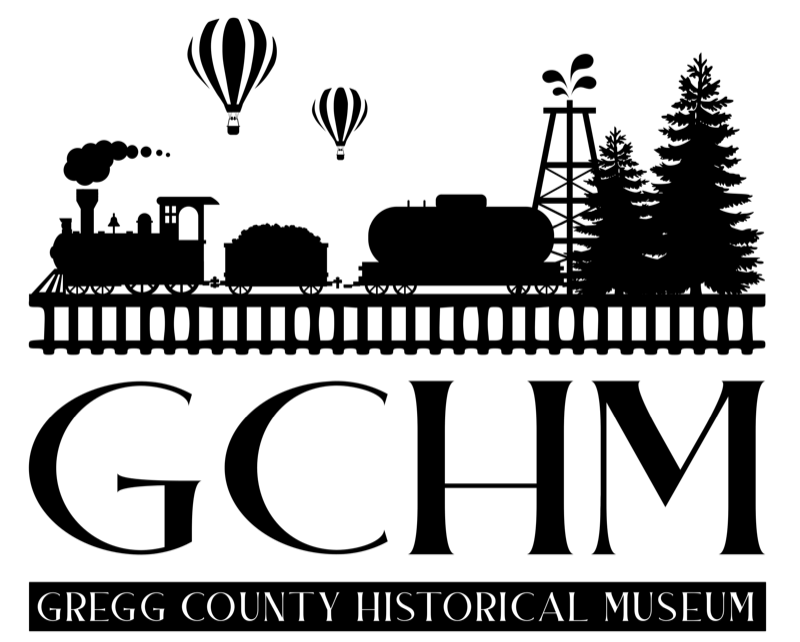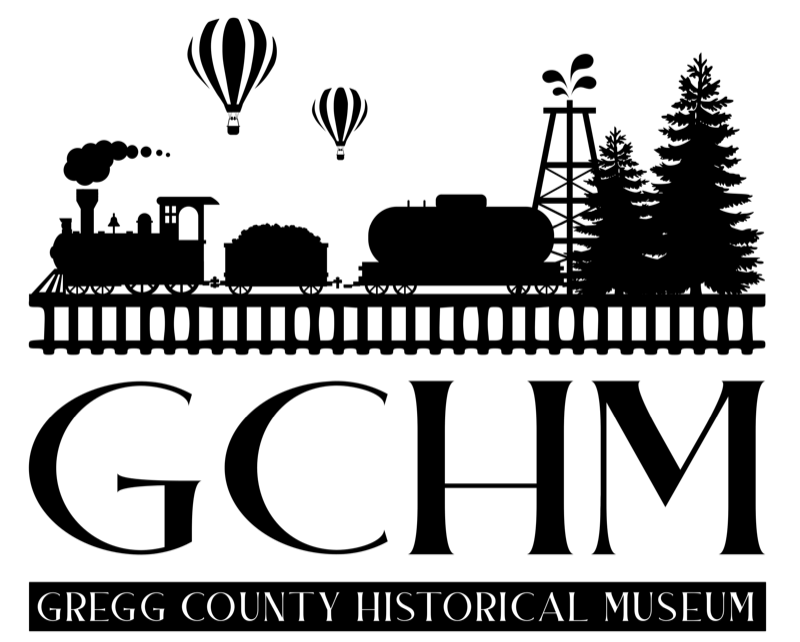Follow Us x
Museum History
Before the opening of the museum on June 2, 1984, extensive restoration and rehabilitation began on the historic Everett Building to transform it into the Gregg County Historical Museum.
The San Antonio architectural firm of De Lara-Almond Architects Inc. was retained, and Killis P. Almond, Jr., AIA, was the project architect. The general contractor was David Stewart Construction Company of Longview.
The result of their expertise and many months of labor was a resounding success. Charles A. Paramore of Museum Arts in Dallas designed and installed the exhibit areas to illustrate the development of Gregg County with antiques and historic photographs in themed settings. Mr. Paramore arranged the entire space, as well as each display. On the main floor, he took a rectangular room and made it magical with a variety of exhibit layouts and traffic flow features.
On February 20, 1983, friends and supporters of the museum were invited to attend the dedication of the rehabilitated Everett Building. In the same year, the building was recorded as a Texas Historic Landmark. After 74 years, the graceful old edifice became the home of Gregg County Historical Museum, which was officially opened to the public on June 2, 1984.
The structure of the building is the most valuable artifact at the museum. In our community, where has very few buildings that were built before 1930 survive, the Everett Building is extremely important. The museum's beautiful lobby has the original inlaid tile floor and pressed tin ceiling with cherubs. Many children have been quoted as saying that the ceiling looks like icing on a beautiful cake.
The museum celebrated its 25th anniversary in 2009. During the first 25 years, it has hosted visitors from all 50 states and over 36 foreign countries. Going forward our exhibits, services and educational programs continue to expand.
Gregg County Historical Museum is a precious gem in the heart of downtown Longview. The institution and the people who are committed to its continued success have become woven into the fabric of the community.

